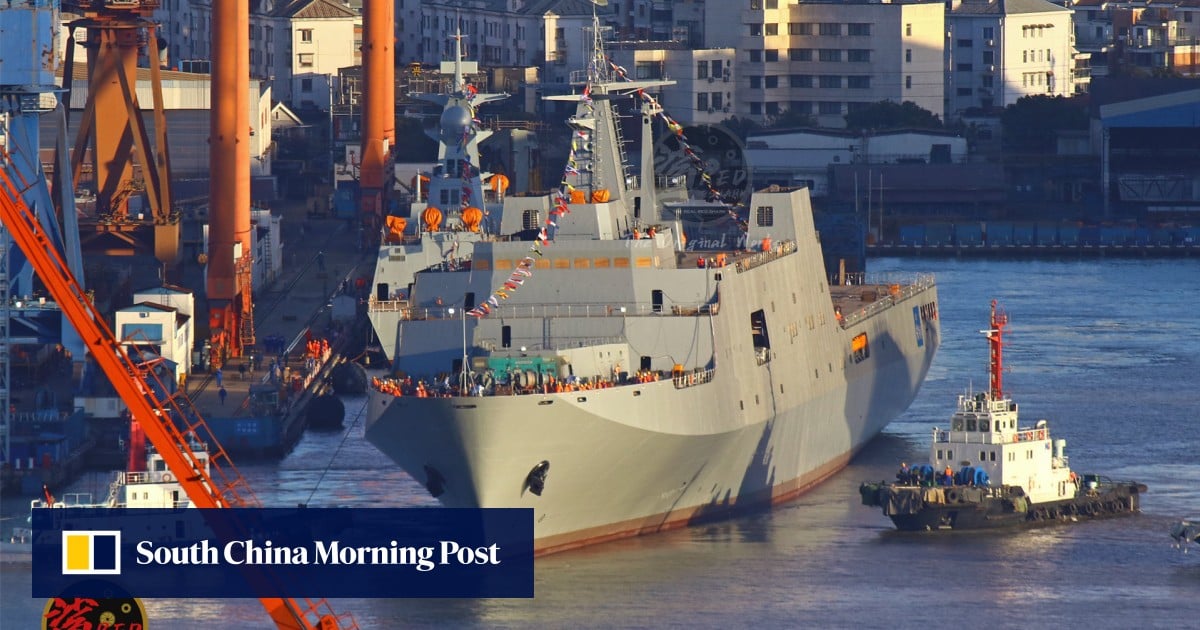- Reaction score
- 1,758
- Points
- 1,160
I am basing it on age and past precedent with the Iroquois destroyers on when they ultimately gave up the ghost. The Halifax’s are being pushed hard, their operational tempo is going full tilt and this won’t stop until they rust out.
Actually our operational tempo is very light compared to what it used to be so its not going "full tilt" because we don't have the personnel. One 280 was laid up due to personnel shortages and was ultimately decided to be paid off, one because of an accident and the money to repair was deemed too expensive, one had corrosion issues and was paid off immediately and the other sailed right up she was paid off and she had corrosion issues as well not to the degree as the other. These all gas turbine ships were driven hard over the years going into crazy sea states that we typically don't do too much of now. There were also all kinds of issues with these ships due to botched refits and issues after TRUMP conversion also keep in mind lack of personnel and we still had 12 CFPs to sail. Hard decisions were made so when you say all the 280's gave up the ghost was factually wrong. Also keep in mind we now have the imperative to keep these ships going, this the reason why Davie now does half the refit work and more money is being being spent on maintenance. As a civilian you have no idea the plans to keep these ships sailing other than stating they're going to rust out based on the 280's, apples and oranges but if you want a good comparison we ran the steamers for almost 40 years.
I saw the proposed timelines and I have no idea if they maintain these as we are talking years away but I do know they will do everything in their power to keep these ships sailing. We will see some ships more than likely stay alongside at some point but all 12 won't be getting paid off.When do you believe the 12th CSC will be delivered? What year? What will be the age of the 12th Halifax at this point? Will it be fully operational at this point?
Of course not all kinds of delays, some contractor, some navy, some beyond everyone's control. Ship building programs always have delays and some were expected and remember these ships were built to get the yard to build the skills and processes needed to build the CSC. You talk there is some type of conspiracy here, as of last month the 2 CCG APOV's are still being built. That being said it could very well that these ships could be given to Davie if the gap is no longer there.Before Covid hit were the AOPS still on schedule? There was all this talk about there being a ‘gap’ between the 6th AOPS and the 1st CSC that it necessitated the ‘need’ for 2 CCGS AOPS. Now there is zero talk about those two ships and lots of talk about delays to the finishing of the 6 AOPS and the start of the first CSC. Why did this occur? Was it Covid related or did it happen before Covid. It happened before Covid and now Covid is the natural scape goat.
Procurement is broken and everyone knows that, no political will to fix it. I know you try and keep yourself informed but generally most of what you state is refuted by SME's who try and explain it to you. You are not an SME and there is many moving parts that you are not privy to.I’d like to be wrong but I’ve not seen anything over the last 8yrs in closely watching how our military procurement or delivery mechanisms work to think otherwise. There are no examples, on this scale, to think otherwise. Would I like to be wrong, you bet, but I’m sticking with me statements, whether they are bold or not, ‘uninformed’ or not. But if I, a proud and vocal supporter of the CAF cannot be convinced, with all the reading and trying to become as informed as I possibly can, why would you think that the average CDN would care or think otherwise?
Fill your boots, I think your wrong. There are many people in Ottawa and the fleet looking for solutions to keep these ships running, it is in the realm of possibility.I’m sticking with my statement, the 12th Halifax will be retired before the 12 CSC is accepted and operationally accepted by the RCN.





